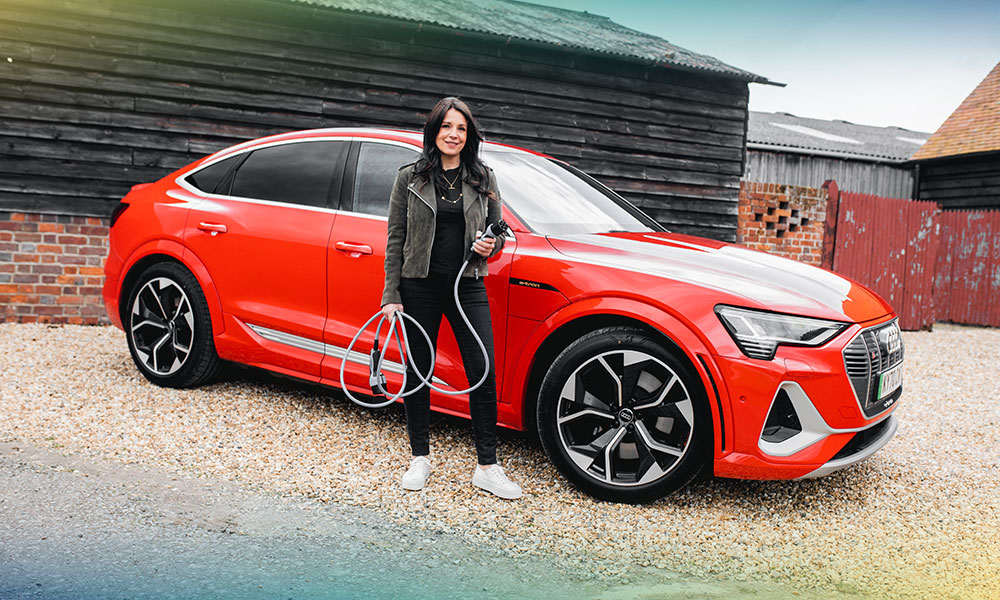That 25-odd-mile electric range sounds good but it will take quite a bit of effort to get the most out of it. At the heart of the Range Rover Sport P400e is a 296bhp 2.0-litre four-cylinder petrol engine which is mated to a 114bhp electric motor and a 13kWh battery pack. It all works very smoothly and there are a number of EV driving modes to ‘save’ electricity or charge on the move. But, like all plug-in hybrids, you really need to plug it in as often as you can in order to make the sums add up.
Just like the similarly powered Volvo XC90 T8, if the batteries are empty the P400e’s 2.0-litre feels a little strained when pulling around such a large SUV. Both the Porsche Cayenne e-Hybrid and the BMW X5 xDrive 45e come with 3.0-litre six-cylinder engines which are smoother and punchier. In fact the BMW trumps all of its rivals by offering a very impressive 54 miles of pure EV running and consequently is cheaper to run for company car drivers.
By opting for the P400e over a standard Range Rover Sport it means you lose some practicality. Most Sports come with the option of having seven seats but, due to the battery being positioned under the boot floor, the P400e only comes with five (and has a higher boot floor, too). While that sounds like a black mark against the Range Rover Sport, it’s a feature that affects the BMW X5 45e too and the British SUV is still more than large enough inside, though.
While not class-leading when it comes to fun behind the wheel, the Sport P400e feels way more agile than the bigger Range Rover P400e and the Volvo XC90 T8, and has the measure of the BMW X5 45e. But the Sport has a trump card over its rivals: It’s a Land Rover product which means it boasts seriously impressive off-roading tech which makes it stand out against its rivals.























